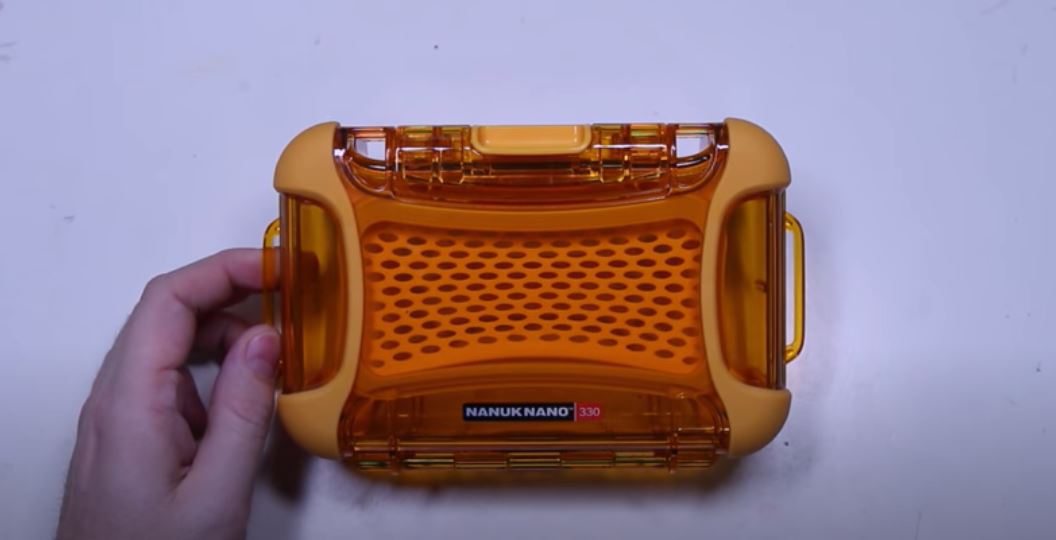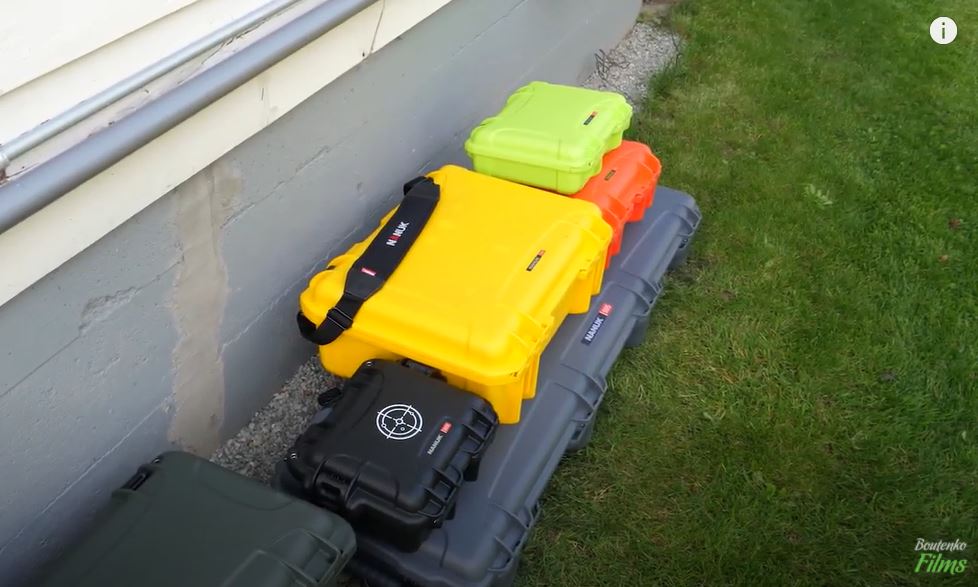A Very Black-And-White Leica M Monochrom Review

It is 2015, and technology is advancing exponentially. We have access to a world of information at the click of a button; we have discovered cures and treatments for once-fatal diseases; IBM has designed a computer named Watson that dwarfs the combined intellect of every Jeopardy winner to date.
With this in mind, the appeal of shooting with a black-and-white Leica M Monochrom camera may have begun to wane, possibly feeling a little outdated. That, and the fact that this quirky camera will run you almost $8000.00. The price-tag and classically stark aesthetic might turn off the general public, but how do shutterbugs feel about it?
Read on to find out everything you need to know about the Leica M Monochrom camera.
I suppose some of the more, ahem, antiquated qualities and “features” of this camera help appeal to its' overall theme and personality, but they leave a lot to be desired. The slow writing speed make it easy to miss great photo opportunities, and shooting continuously in RAW is almost impossible. Running on 1900 mAh batteries, you might be out of luck if you do not pack extra, as these are not the most durable batteries, especially when it comes to photography. At best, the LCD displays resembles that of a cheaper point-and-shoot from 2006. It is 2.5” and displays a 230k resolution.
The new sensor in this model is the real problem. This monochromatic sensor only has one channel, which means highlight details cannot be recovered from Monochrom images. This is not an issue with colour sensors (which use the three channel: red, green, and blue system).
The point of a product like the Leica M is to reminisce on something from the past. In this case, the Leica M taps into nostalgic feelings using key features from a bygone era of film. The slight grain, the high exposure, and the distinct feature of highlights are all particular to monochromatic film photography. Yet, Leica M fails in all of these. You will find that you need some sort of post-processing in Photoshop to really make your images pop, which is a little questionable for many who have purchased this camera. Flat images for THAT price tag? No, thank you.
Instead, we would recommend to not give in to the nostalgic temptation to shoot “fake film.” If you want film-esque pictures, why not try a film camera? Although as pricy as its' younger brother, the Leica M6 is a sturdy, well-made piece of equipment that delivers beautiful, crisp images.
You have got to hand it to Leica, though. It is very risky to produce such a niche item. But if you produce a niche item that has inherent value and quality, then you have nothing to fear; someone, somewhere, will appreciate it. But if your fans think the product (that, again, costs $8000!) was a bust, then you're in for a not so sweet treat.


